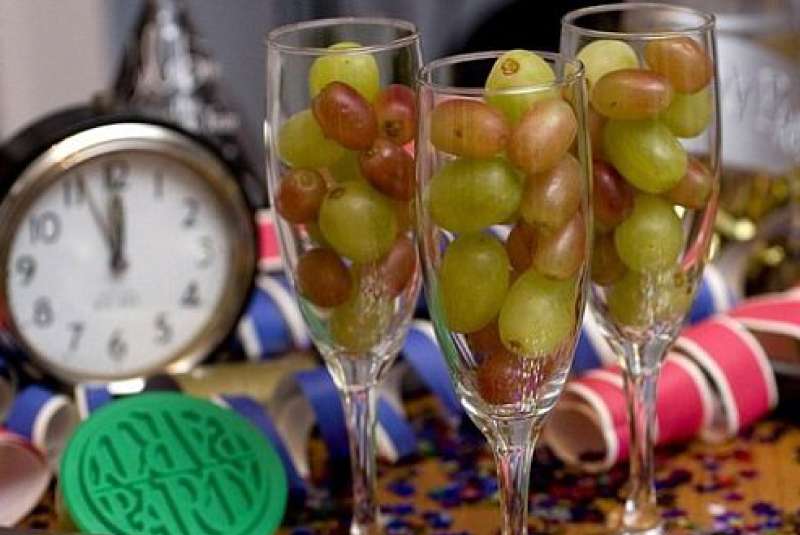
Unveiling The Lucky Grape Tradition: A Timeless New Year's Eve Ritual
As the clock strikes twelve on New Year's Eve, many cultures around the world embrace the tradition of eating a lucky grape--a custom shrouded in symbolism and superstition. This practice, which has its roots in Spain, has become a beloved ritual that adds a touch of magic to the countdown to a new year filled with hope and possibilities.
The Origins and Symbolism of the Lucky Grape
The origins of the lucky grape tradition can be traced back to 1909 in Spain. Over a century ago, grape growers in the Alicante region, faced with a grape surplus, launched an advertising campaign to encourage people to eat grapes at midnight on New Year's Eve. To add an element of excitement, they began numbering the grapes from one to twelve and promising good luck to those who were fortunate enough to swallow all twelve grapes before the clock finished chiming.
Each grape represents a month of the new year, and consuming them all before the clock strikes twelve symbolizes prosperity and good fortune for each of those months. The tradition quickly spread throughout Spain and eventually to other parts of the world, where it has become an integral part of New Year's Eve celebrations.
Variations and Modern Interpretations
While the tradition of eating twelve lucky grapes remains largely the same, variations have emerged over time. In some cultures, people prefer to eat fresh grapes, while others opt for canned or even frozen grapes. Some believe that the grapes should be green, while others prefer red or black varieties.
In recent years, the tradition has also been adapted to suit modern dietary preferences. Some individuals choose to eat seedless grapes or grapes made into juice or smoothies. Additionally, non-grape alternatives, such as raisins or small candies, have been adopted by those who may have allergies or other dietary restrictions.
Perspectives and Implications
The lucky grape tradition has both supporters and detractors. Those who embrace it believe in the power of superstition and symbolism, seeing it as a way to attract good fortune in the new year. They argue that the act of consuming the grapes signifies a willingness to embrace the unknown and a desire for a prosperous future.
Critics, on the other hand, view the tradition as nothing more than a harmless superstition. They argue that there is no scientific evidence to support the belief that eating grapes at midnight will bring good luck. They also point out that the tradition can be stressful for those who feel pressured to swallow all twelve grapes in time.
Cultural Significance and Social Impact
Beyond its superstitious associations, the lucky grape tradition has significant cultural and social implications. It serves as a way to connect people with their heritage and traditions, particularly for those of Spanish descent. The shared experience of eating the grapes together fosters a sense of community and belonging.
Furthermore, the tradition has become a commercial phenomenon. Grape growers and retailers often see a surge in sales leading up to New Year's Eve. The tradition has also inspired various products, such as grape-flavored candies, chocolates, and even sparkling wines.
Conclusion: A Timeless Ritual with Evolving Meaning
The lucky grape tradition is a captivating blend of superstition, symbolism, and cultural significance. While its origins may be rooted in a marketing campaign, it has evolved into a beloved New Year's Eve ritual that transcends generations and cultures. Whether one believes in the power of good luck or not, the tradition offers a moment of reflection and a sense of hope and optimism as we bid farewell to the old and embrace the new.
As we continue to celebrate the lucky grape tradition, it is important to remember its playful and symbolic nature. It is a reminder that even in the face of uncertainty, we can find moments of joy and connection. And who knows, perhaps those lucky grapes will bring us a little bit of good fortune in the year to come.
